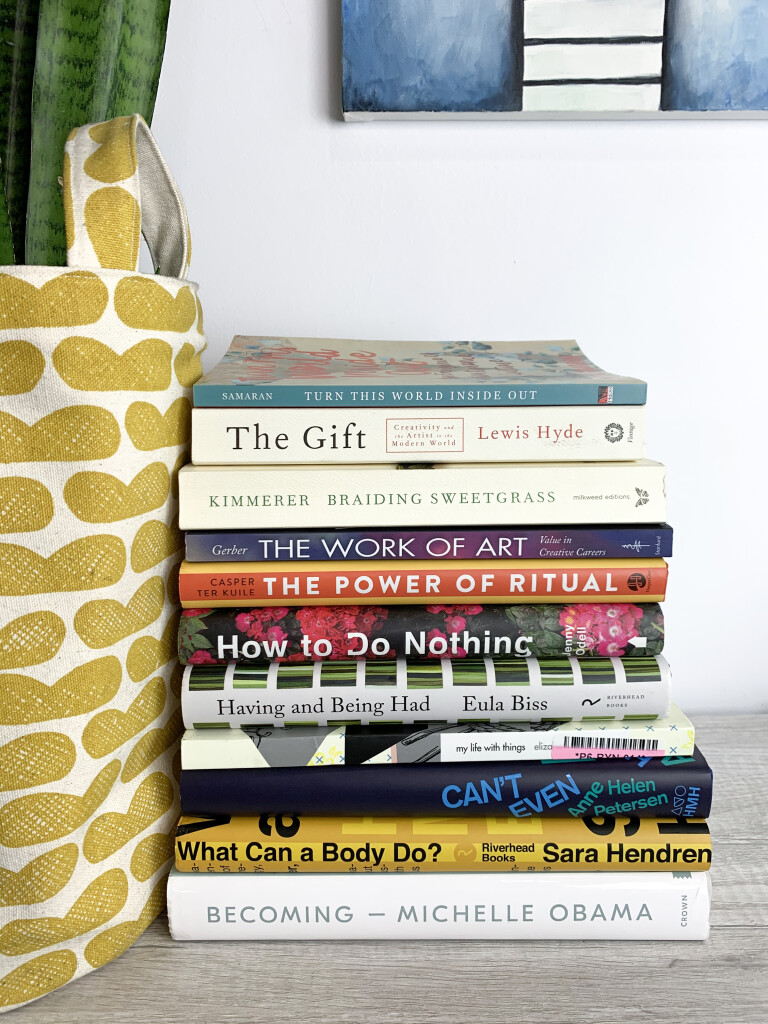
I was really happy to continue my August reading momentum (and then some) into September! It helped that I had a long weekend away at a friends cabin with no cell service or Wi-Fi to distract me, but I managed to carve out some significant reading time the rest of the month as well.
My Life with Things and Having and Being Had were the first two books I tackled this month, and I talk about both in this blog post.
After that, I read The Power of Ritual by Casper ter Kuile. I have to admit that this book wasn’t exactly what I expected, but in a good way. Rather than focusing on fluffy self-care rituals (which is sort of what I was expecting, which does make me wonder why I decided to read this one in the first place) it focuses on deeper rituals for connecting with ourselves, others, and nature. My favorite concept from the book was the idea of sacred reading (big surprise there!) and it’s something I plan on coming back to more in the future. (For example, reading a few pages of one of my favorite pieces of writing, Holy the Firm by Annie Dillard, whenever I need to feel inspired.)
While at the cabin, I also poured through Becoming by Michelle Obama. I know I’m late to the game on this one, but I’m glad I finally read it. Of course it made me love her even more, though I will admit that my favorite part was when she talks about falling in love with Barack and his insatiable reading habits.
I had tried starting Braiding Sweetgrass by Robin Wall Kimmerer earlier this year, but for some reason (possibly quarantine and pandemic brain), I just couldn’t get into it. But after a few days in the woods, not far from where Kimmerer herself lives and writes about, I was able to slip right in. This book really was everything everyone says it is, and it’s one I’ll see myself coming back to again and again. Despite not really being a nature girl, I have a soft spot for nature writing, and this is up there with the very best.
After reading Braiding Sweetgrass, I read Turn this World Inside Out by Nora Samaran, partly because I wanted to read something a little shorter after reading a few long books, but also because the idea of nurturance culture felt really appealing after reading Braiding Sweetgrass. The subject of the book is in many ways very different than Braiding Sweetgrass, but ultimately, I feel like they are rooted in the same ideology.
There are definitely some emerging themes in my reading this month (most notably a rejection of capitalism), but I was also willing to meander outside of those for books that caught my eye. What a Body Can Do: How we Meet the Built World was one of those books, as it explores how disability is impacted by design, and uses disability as a lens to explore the ways that all our bodies interact with the world. Knowing that, I probably shouldn’t have been surprised that this book also includes some valid critiques of capitalism, mostly notably in my favorite chapter, which explored the idea of time and the ways it is shaped by both disability and capitalism.
The Work of Art: Value in Creative Careers by Alison Gerber brought things back to what I would consider my core area of interest – the intersection of art and commerce. While fairly academic in style, I still found this a really insightful read into the ways that artists value their work (as in their art itself) and their work (as in their labor). It’s definitely one I see myself coming back to in my own teaching and writing. And because it was such a thoroughly researched book, it added A LOT of other books to my to be read list, especially around the idea of art and labor.
Setting aside the art piece to just look at our relationship to labor, I was excited to read Can’t Even: How Millennials Became the Burnout Generation by Anne Helen Peterson. Full disclosure, I don’t fully consider myself a Millennial. (I’m right on the line between them and Gen X, and while all my siblings are straight up Millennial, I have a lot of Gen X friends.) But I am interested in any book that looks at our current culture of burnout, especially as it’s a conversation that comes up a lot in my online mentorship group, Artists and Profit Makers. Peterson gives a lot of background as to how we got to our current culture (basically: capitalism) but most of it wasn’t news to me given the amount of reading I’ve been doing on the subject, and I found her lack of any sort of solutions or alternatives frustrating by the end. Basically, it felt like she was saying, “this is why things kind of suck (or really suck, depending on who you are)” without articulating a way out of the mess. She does admit to not providing solutions, but it didn’t really make me want to absolve her of that oversight.
After my frustrations with Can’t Even, I decided to reread one of my favorite books from last year, How to Do Nothing: Resisting the Attention Economy by Jenny Odell. (You can read my initial thoughts on it from last year here.) What I love about How to Do Nothing is that it somehow manages to focus on “solutions” to at least some of our current problems without resisting to the kind of pat “self-help” that so many other books fall into. And just like the first time I read it, it reminded me of my love of research and all the ways that social media distracts from that passion. And how, by resisting, but not dropping out altogether, I can read ten and a half books in September and give myself more time to process and think.
I say ten and a half books, because I didn’t quite finish this last one.
I’ve had The Gift by Lewis Hyde on my bookshelf for years, but finally decided to read it after it was mentioned in both Having and Being Had and Braiding Sweetgrass. I debated whether to include it in my list for this month since I didn’t read it in it’s entirety, instead skipping around at the halfway point and finally jumping to the conclusion after I found myself getting frustrated. I found the first part of the book, where he talks about gift economies super fascinating, but also felt like a feminist perspective was lacking and that the book contributes to the starving artist myth in ways that aren’t helpful. In the Afterward, Hyde does admit that he was more focused on the challenges of making art in a capitalist market, rather than providing solutions, but just like with Can’t Even, the pragmatist in me found the lack of solutions frustrating when the book presents so many problems.
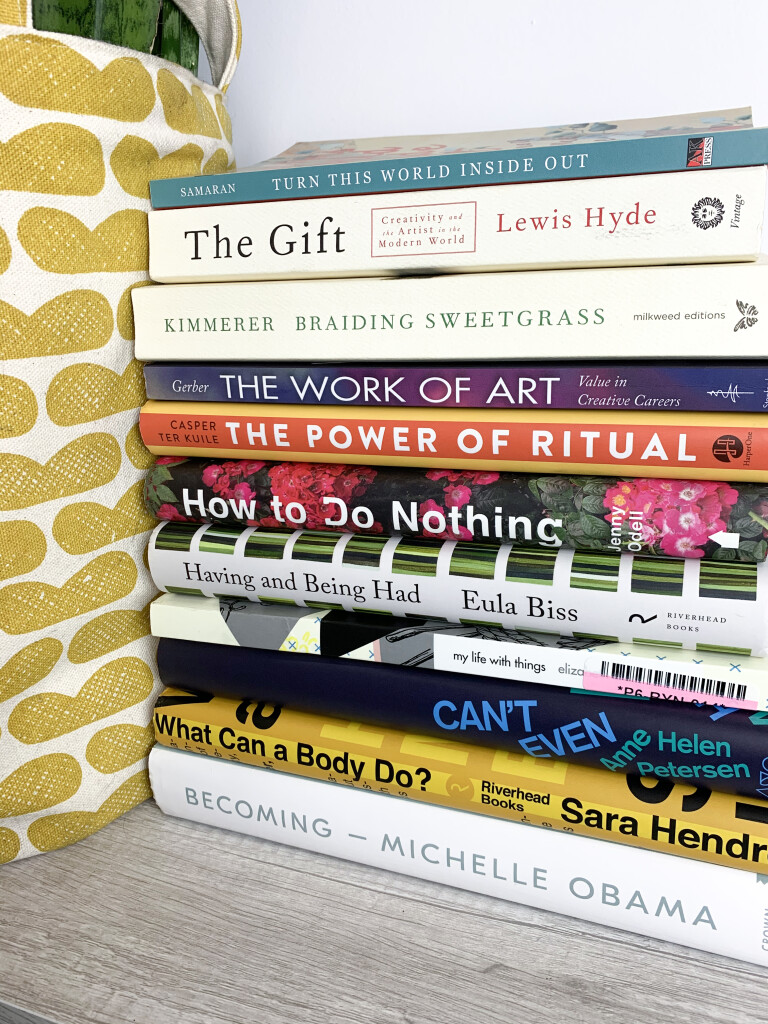
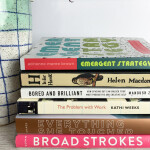
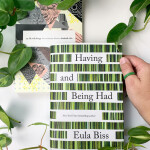
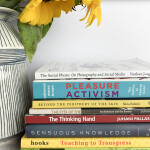
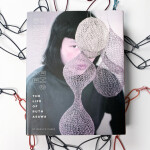
Leave a Reply